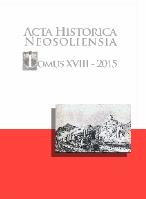
Prof. PhDr. Dušan Škvarna, PhD. – Výberová personálna bibliografia
Article is focused on selected bibliography of professor Dušan Škvarna till the 2015.
More...We kindly inform you that, as long as the subject affiliation of our 300.000+ articles is in progress, you might get unsufficient or no results on your third level or second level search. In this case, please broaden your search criteria.

Article is focused on selected bibliography of professor Dušan Škvarna till the 2015.
More...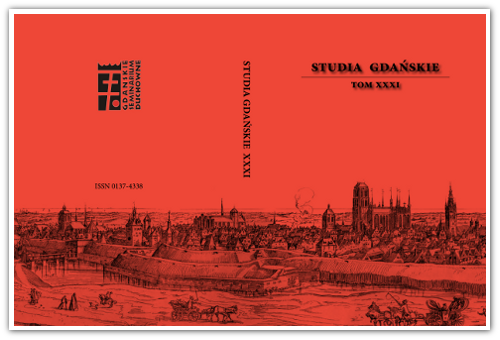
Morze Bałtyckie stanowiło ważny punkt na mapie państwa polskiego, stąd też zmagania o dostęp do niego ukształtowały myśl morską już u jego zarania. Zygmunt Stary jako pierwszy król Polski docenił posiadanie własnej ;oty wojennej. Politykę morską ojca prowadził Zygmunt August, naczelny admirał polskiej ;oty wojennej. Po śmierci Zygmunta Augusta strażnikom morskim przewodził starosta pucki pułkownik Ernest Wejher. Panowanie Stefana Batorego nie przyczyniło się do pogłębienia aspiracji morskich Rzeczypospolitej, a panowanie Zygmunta III Wazy oraz panowanie jego synów, Władysława IV i Jana Kazimierza wypełnione były walkami ze Szwecją o stan posiadania nad Bałtykiem. Złoty Wiek był chlubnym epizodem w morskich dziejach Rzeczypospolitej.
More...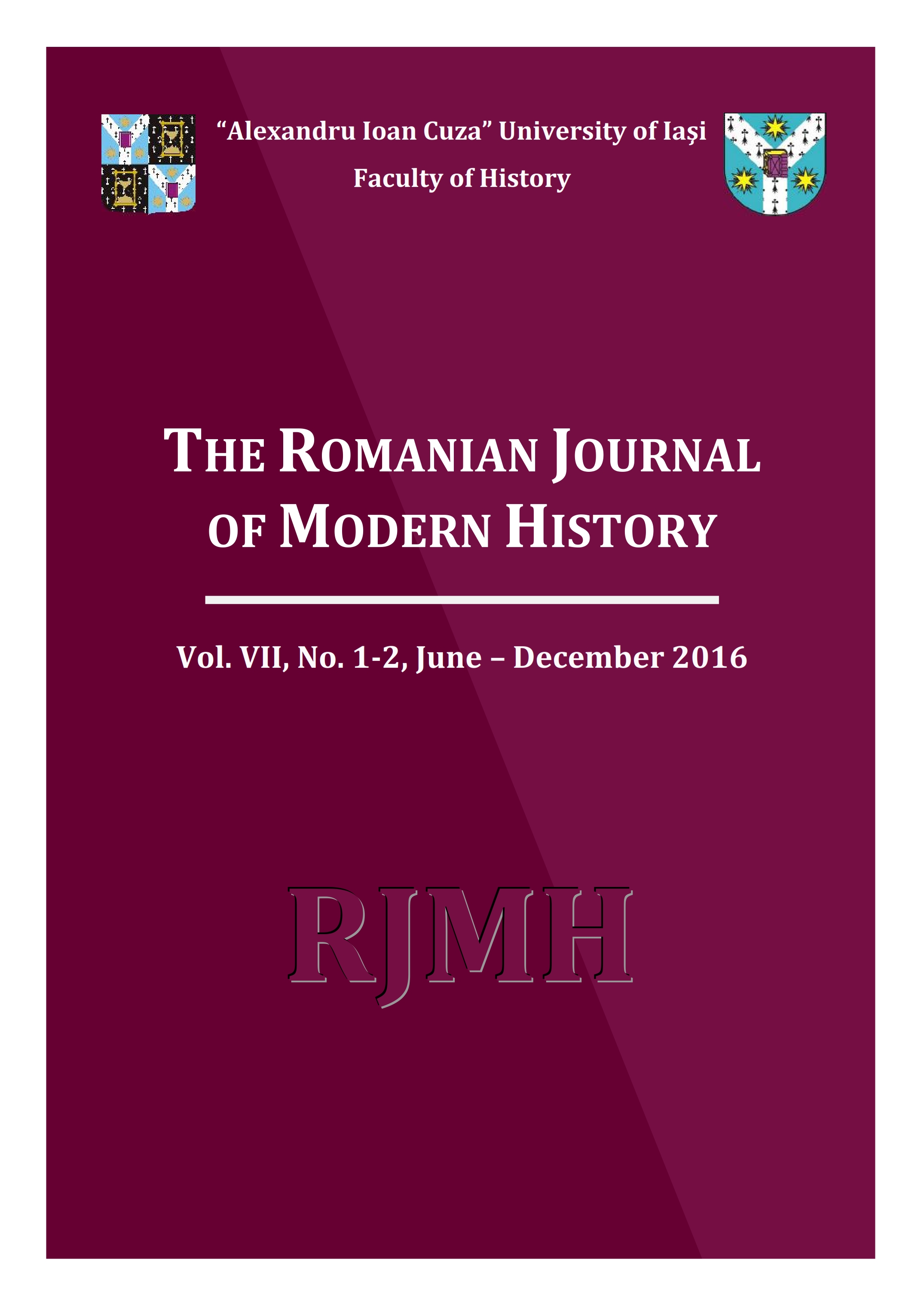
The genesis of the Middle East has been intrinsically linked with the evolutions at the level of the competition among the great powers. The First World War represented the opportunity to implement some expansionist tendencies which were visible since the 19th century in the relations between the West and the Ottoman Empire. But the new reconfiguring formula for the Middle East was not able to offer the necessary elements for articulating an effective management system of the territories which were recently liberated from Ottoman rule.
More...
This paper brings forward four documents regarding aspects of the situation of the salt mines in Walachia in 1835 and 1836. One of the documents was set up by the administration of the salt-mines it tries to explain the causes that lead to an important deficit of the salt mine in 1835. In 1836 the internal consumption was granted on lease for four years because of their deficit.
More...
The unpublished letters dealt with in this paper belong to the manuscript fund in the Library of the Romanian Academy. They refer to Alexander C. Golescu s activity in the years of his exile. The letters are dated April/June 1849 and they contain information regarding Al. C. Golescu s attempts to organize the liberation of those exile in Brussa, his concerns about the young people from Minor Asia
More...
Based on the exceptional results of the archaeological research undertaken on the occasion of the restoration of the Catholic Cathedral of Alba Iulia (monument of the ninth century), the author re-examines the hypothesis of existence In the upper Middle Ages, in the south of Transylvania, of an indigenous political formation prior to the Hungarian penetration.
More...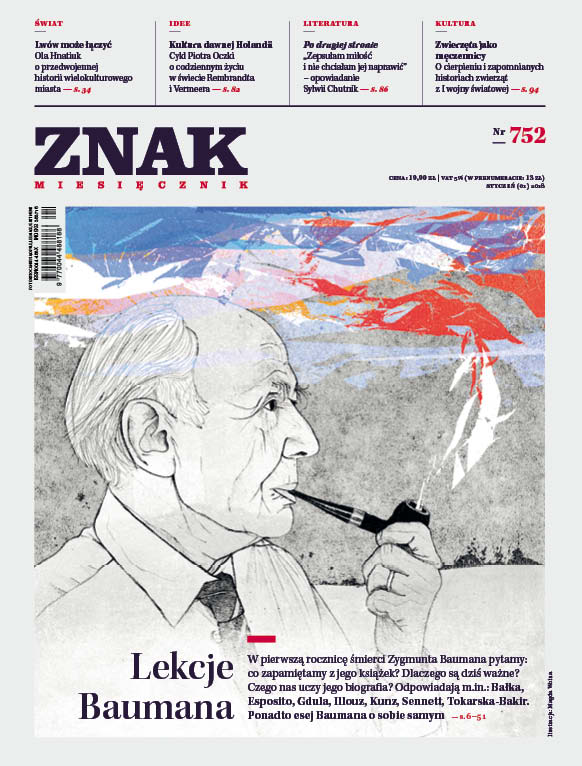
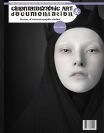
Djuvara was convinced that he missed an academic career in America because he did not have anyone to rely on. Maybe this was true. But in 1991, reviewing Djuvara’s Les Pays Roumain entre Orient et Occident: Les Principautés Danubiennes au Début du XIXe siècle (Paris, 1989), George F. Jewsbury, then at Oklahoma State University, wrote that Djuvara’s book, while having “the pace and catholicity of a Michelin guide” and being “a delight to read,” filled as it is with “bizarre details,” “flashes of insight,” and “absorbing anecdotes,” is marred by a “narrow, Paris-based interpretation of Westernization and its sources,” by “Francophilia,” “impressionism” and by “a certain elitism.” If this is true, then maybe the same paradigm shaped Djuvara’s earlier book, Civilisations et Lois Historiques. It is then not impossible to understand how this could have made him appear as extremely old-fashioned in the eyes of the 1970’s American academic world into which he was trying to find a way.
More...
The study examines 17th century life narratives of a mother-in-law and adaughter-in-law. The fate of the two aristocratic underage girls caught between thecrossfire of their mother and grandmother fighting over their guardianship hangedin balance. The family quarrel was suddenly interrupted by some unexpected events,such as a king’s decree and the Diet’s newly issued law article. The emerging familyquarrel over the custody of the children expanded over several geographical regionsinvolving The Great Hungarian Plain, Upper Hungary and Transdanubia. A contractbearing the seal of the palatine complicated even more the situation. Two documentspertaining to the Archive of Princely Esterházy and the National Archives ofHungary are also analyzed and presented. The study aims to bring light to thecontroversy involving the custody of the Thurzó–Nyáry grandchildren, which startedas a private family matter, escalated and got handled by none other than the kinghimself Ferdinand II.
More...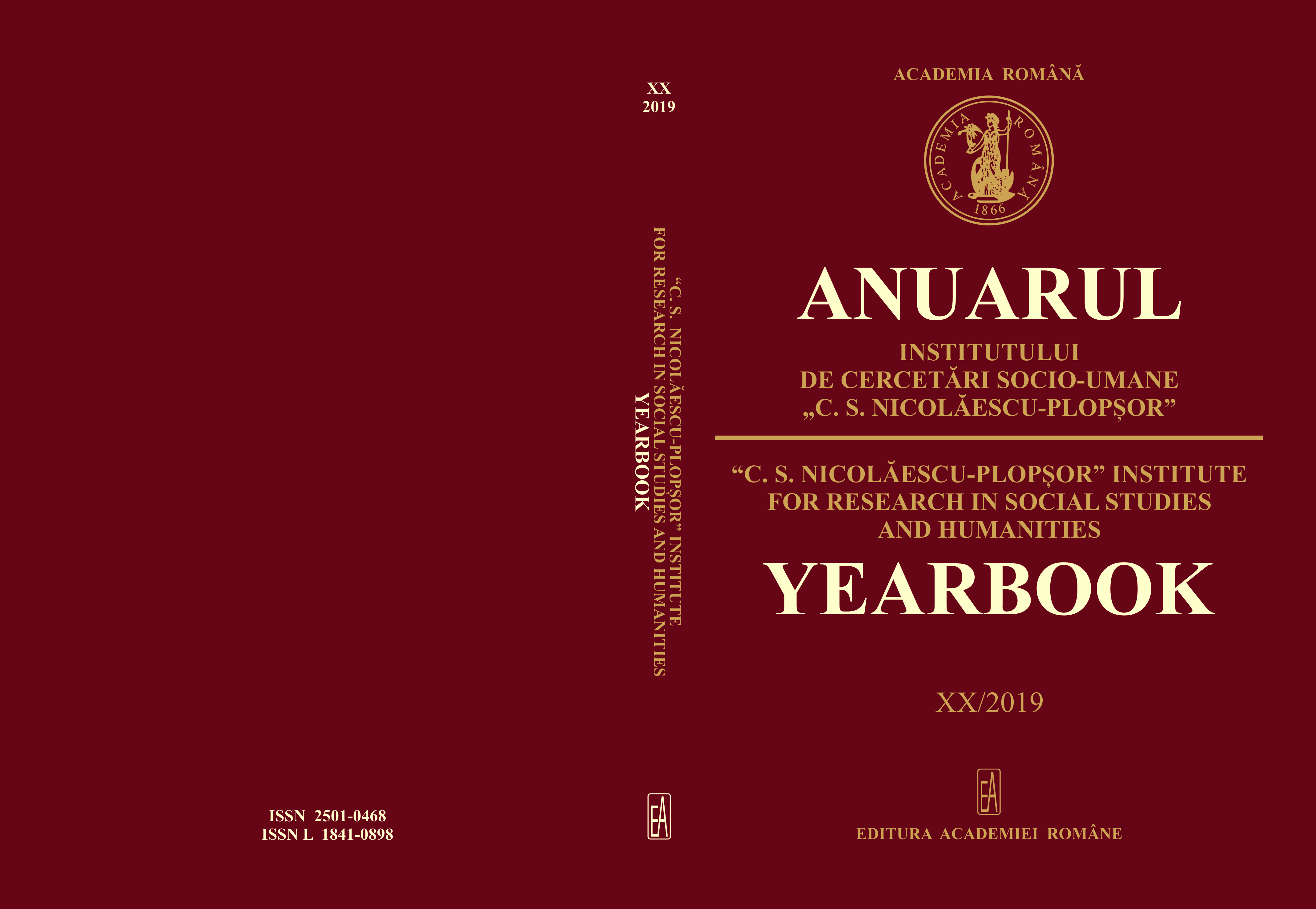
The article evidences the extent to which the personalities of Oltenia contributed to the modernization of this region, in the time interval between 1821 and 1914. Oltenia represented the first line in the modernization of Wallachia, then Romania, due both to its potential and the personalities that lived in this historical region of Romania.
More...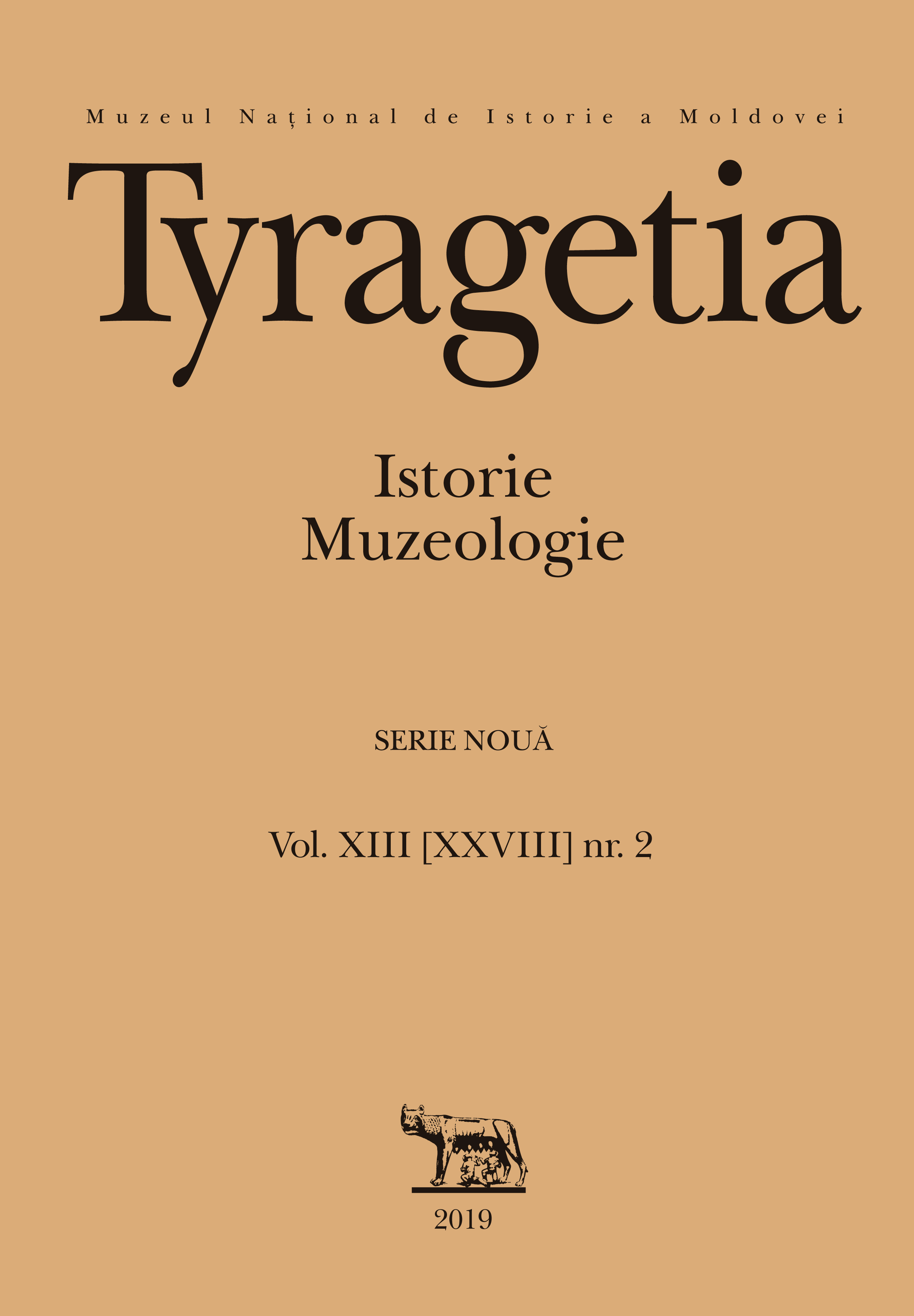
: In this study, based on unpublished archival sources found in the National Archives of the Republic of Moldova, the Russian State Historical Archives (St. Petersburg), the Russian State Military Historical Archives (Moscow) and the State Historical Archives of the Chernivtsi region (Ukraine), the author analyzes the demographic changes that took place in the Khotyn County in the second half of the 18th century - the first half of the 19th century, making some generalizations about his own monograph on the Khotyn County, which was published in 2018. Using statistical data collected and systematized by local regional authorities and submitted to the central authorities, the author examines the number, distribution and composition of the population and describes the changes that occurred during this period in Khotyn County. The statistics fixed the number of families at the time of the census or the time of data collection and contained concrete data on the total number of males and females for such social categories as peasants, clergy, mazili, ruptaşi, Gypsies, and Jews and about the economic situation of the village at the time of census. These data were of great interest to the tsarist government, especially when the Russian Empire was involved in armed conflicts in the Balkans, and Bessarabia, as a border and transit territory, was to provide the Russian army with everything necessary.
More...
: Bessarabia is a historical region which constituted a part of the Russian Empire in the 19th century. Throughout the whole century of its functioning within the Russian Empire, Bessarabia retained its multiethnic and multicultural nature. The most important research problem to be dealt with in this article was to define the causes and stages of Poles’ influx to Bessarabia. It was a long and complex process, with certain subperiods noticed. Thanks to the research, several settlement waves were marked off. The first Polish traces in Bessarabia are preserved in the documents dating back to 1820. Unfortunately, these are mainly isolated sources. Thus, neither the structure nor the character of the then Polish migration to Bessarabia can be determine more precisely. Nevertheless, Poles are known to have been arriving in Bessarabia shortly after the Treaty of Bucharest had been signed in 1812. The policy of the Russian authorities, aimed at possibly the fastest inhabiting of this sparsely populated area, played an important role as one of the main goals of Russian politics as regards this region at that time. Poles were attracted to Bessarabia first of all by the announcement of the free purchase of land, as this right was limited for them in the western provinces of the Russian Empire.
More...
The subject of this research is the nineteenth-century craft guilds of Bessarabia and their symbolism. The choice of the issue is dictated by the fact that the study of the organization of craft guilds through their corporate emblems, especially through the sphragistic sources, can contribute to a better understanding of the historical process. Although the stamps of guilds are known in relatively small number, yet their quantity far exceeds the number of other graphic sources relating to the life of craft institutions.The stamps of craft guilds serve as an informative illustration of the development of the regional economy, local professional associations and crafts of Bessarabia in general, and the capital city of Chişinău in particular, especially considering the fact that other types of graphic sources on the left-bank Moldova have not survived till nowadays.This study focuses on 12 stamps of guilds, the prints of which were identified in the collection of the National Archives of the Republic of Moldova. All of them belonged to the professional associations of the city of Chişinău of the Modern Era.
More...
One from the very interesting Polish authors, who left the important writings about Georgia and Caucasus of 40-50 years of 19th century is Mateusz Gralewski (1826-1891). His book “Caucasus .Memoirs about 12 years of slavery” is distinguished by facts and logical analyzes. Amongst other uncial data, our interest was focused on Gralewski’s main colloquist in Georgia, who during the 150 years have been hidden under the short pseudonym “J”. Gralewski’s host in Tbilisi, belongs to aristocrat family. He is the owner of houses in Tbilisi and Gori district and well familiar with history and literature of ancient and 19th century Georgia. The initial point for identification of this person is his opinion on activity of viceroy of Caucasus M. Vorontsov (1844-1853). Unlike majority of Georgian nobility, his reference about Vorontsov is sharply negative. This negative characteristic is coincide with the position of the famous Georgian public figure, writer and active member of 1832 year conspiracy- alexsander Orbeliani (1826-1869). He was arrested as a leader of conspiracy and exiled to Orenburg. After he returned to home land he became very fearful man, that’s why he request Gralewski to conceal his personality under the pseudonym “J”. We can disclosed this short pseudonym too. In our opinion “J” is the first letter of Orbeliani’s double surname-Jambakur-Orbeliani.
More...
Literary critic and historian, folklorist and poet, author of an impressive body of work, Aron Densuşianu is a prominent representative of the famous Densuşianu family of scholars from Ţara Haţegului (The Country of Haţeg). During the July-August 1864 period, he visited this region in the company of some friends. The following year, he published over 20 articles entitled “Memories and travel impressions” that introduce the reader into the natural and social history of Ţara Haţegului, (The Country of Haţeg) offering geographical, historical, mythical and ethnographical information, descriptions of some historical monuments as well as his own impressions of the people and places. This information facilitates a comparative study of the glorious past and present of this region in terms of history and archaeology, thus contributing to the enrichment of the national and local historical, ethnographical and geographical heritage.
More...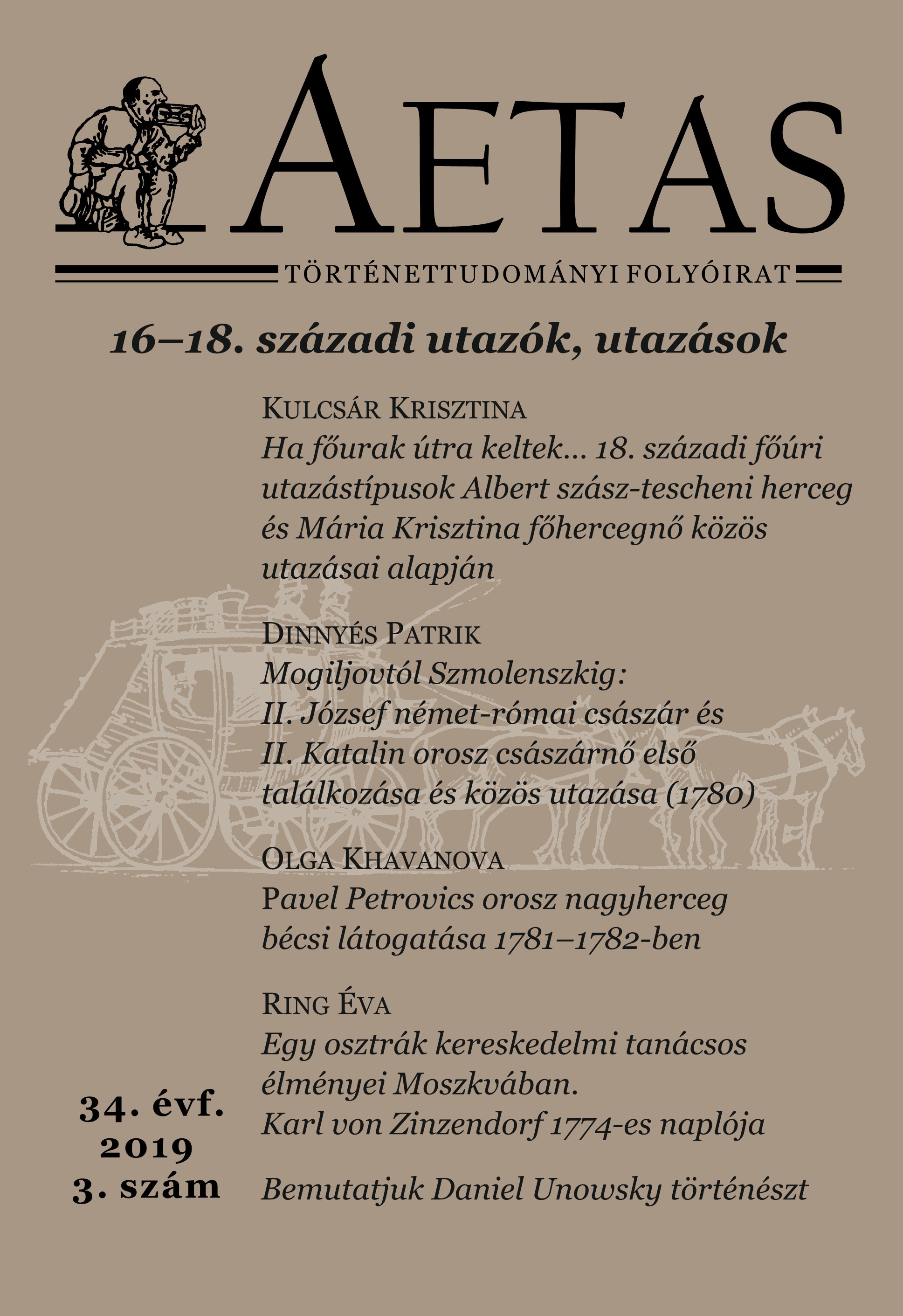
The sinews of Habsburg power: Lower Austria in a fiscal-military state, 1650–1820. Oxford University Press, Oxford, 2018. 460 + XX oldal
More...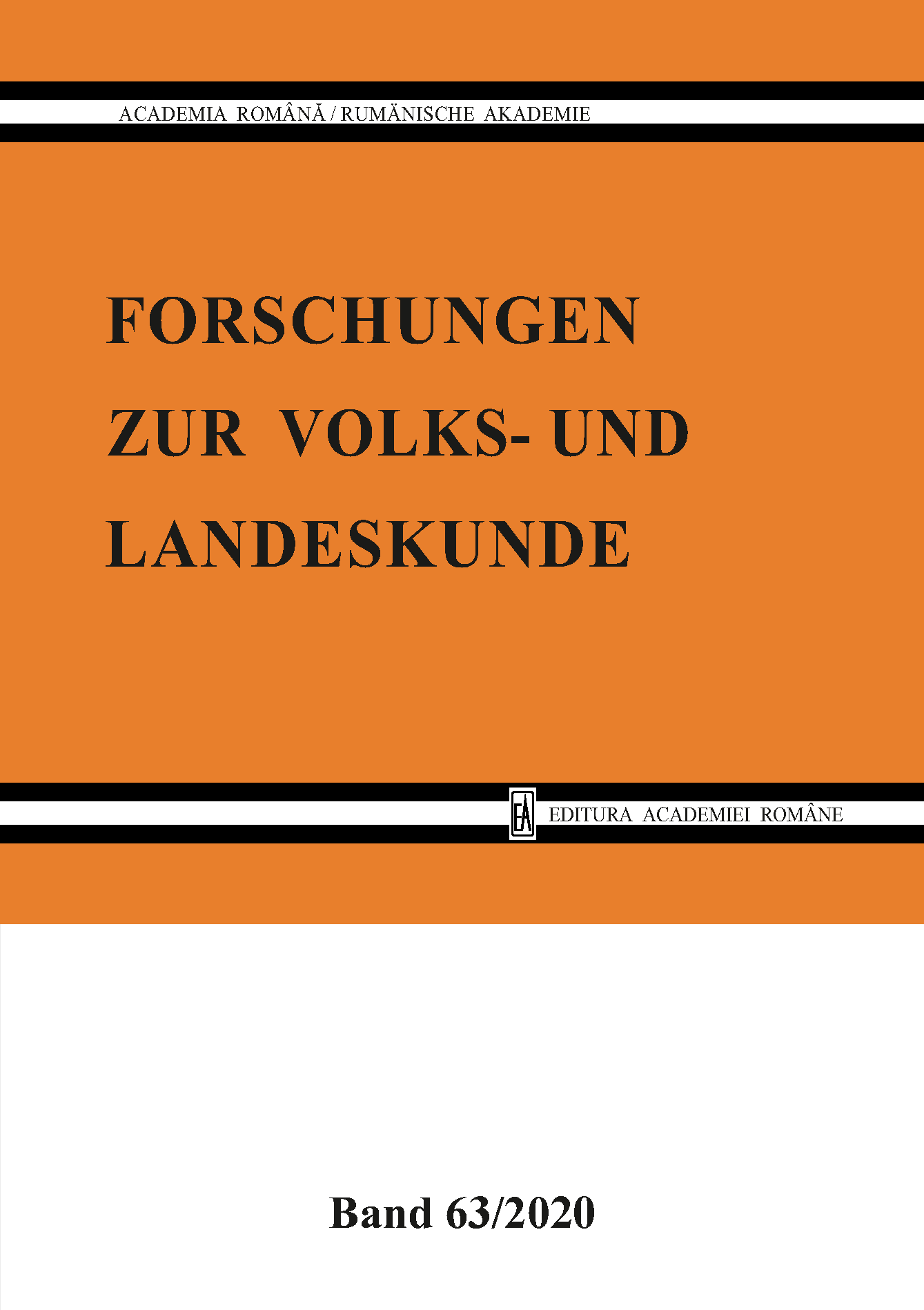
The Central Archives of the Evangelical Church C. A. in Romania, situated in Sibiu, preserve a German Bible, published in Lüneburg in 1650. Its endpapers contain handwritten notes by its previous holders from the 17th and 18th centuries. The earliest are poems and records of family events, written by a Saxon pastor, who lived first in Sibiu and later in Vurpăr. The most numerous notes are made by members of the Sibiu based Berger family. Among them, we find a valuable historical and genealogical source, the autobiography of Johannes Berger (1663‒1720), in which the author outlines the origin of his family and his own career almost until his death. The Berger family came from Upper Hungary (now Slovakia), where its paternal predecessors, of whom Johannes Berger mentions his father, grandfather and great-grandfather, were Lutheran pastors. Supposedly Johannes’s father, the furrier Elias Berger, moved to Sibiu, where he married a blacksmith’s daughter. Initially, the young Johannes was trained in his father’s craft, but he urged his parents to let him study. First he was sent to Ocna Sibiului, where he learnt Hungarian, which indicates that he was pursuing a career in local administration. After that, he was trained by teachers and students of the evangelical gymnasium in Sibiu, most of them being immigrants from Upper Hungary. For a year and a half, from June 1680 until December 1682, he attended the courses of the Reformed College in Aiud. He returned to Sibiu where he continued his studies at the local gymnasium. In 1687 he began his academic pilgrimage by attending first the evangelical gymnasium in Levoča, the town where his relatives lived. A year later he went to study in Germany, namely at the prestigious universities Frankfurt an der Oder and Wittenberg. In the summer of 1691 he got on the road home, making several stops in the territories of the Holy Roman Empire and in Hungary, living for a longer period in Vienna. He arrived in Sibiu on August 4th. After accommodating, he worked as a teacher and then as a clerk of the Divisional Office of the city. He married a tailor’s widow and had two daughters, of whom only one reached adulthood. From the notes on the baptisms of his children, it appears that their godparents were prominent people of the city, being, like many of the notabilities, immigrants from Upper Hungary. From 1711 Johannes Berger served as senator. He remarried after the death of his first wife and in 1716 gave his only son, Samuel, to baptism. His and his father’s name vanish from later sources, however, an indication that they fell victims to the plague around 1718‒1720. Johannes Berger’s autobiographical notes are among the few recorded by Sibiu city officials of this period and perhaps the only ones which offer a transient glimpse into the community of Protestant Hungarian refugees in Sibiu.
More...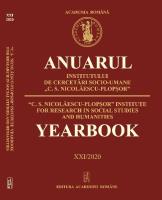
The failure of the second siege the Ottoman Empire Army carried against Vienna, in 1683 (the first was in the time of the Sultan Suleyman Kanuni – The Magnificent, in 1529), was the moment the Ottoman Empire was on defensive positions until 1878, the time for the Romanian independence.The article points out the main opinions on the international status, as they appear in the national historiography.
More...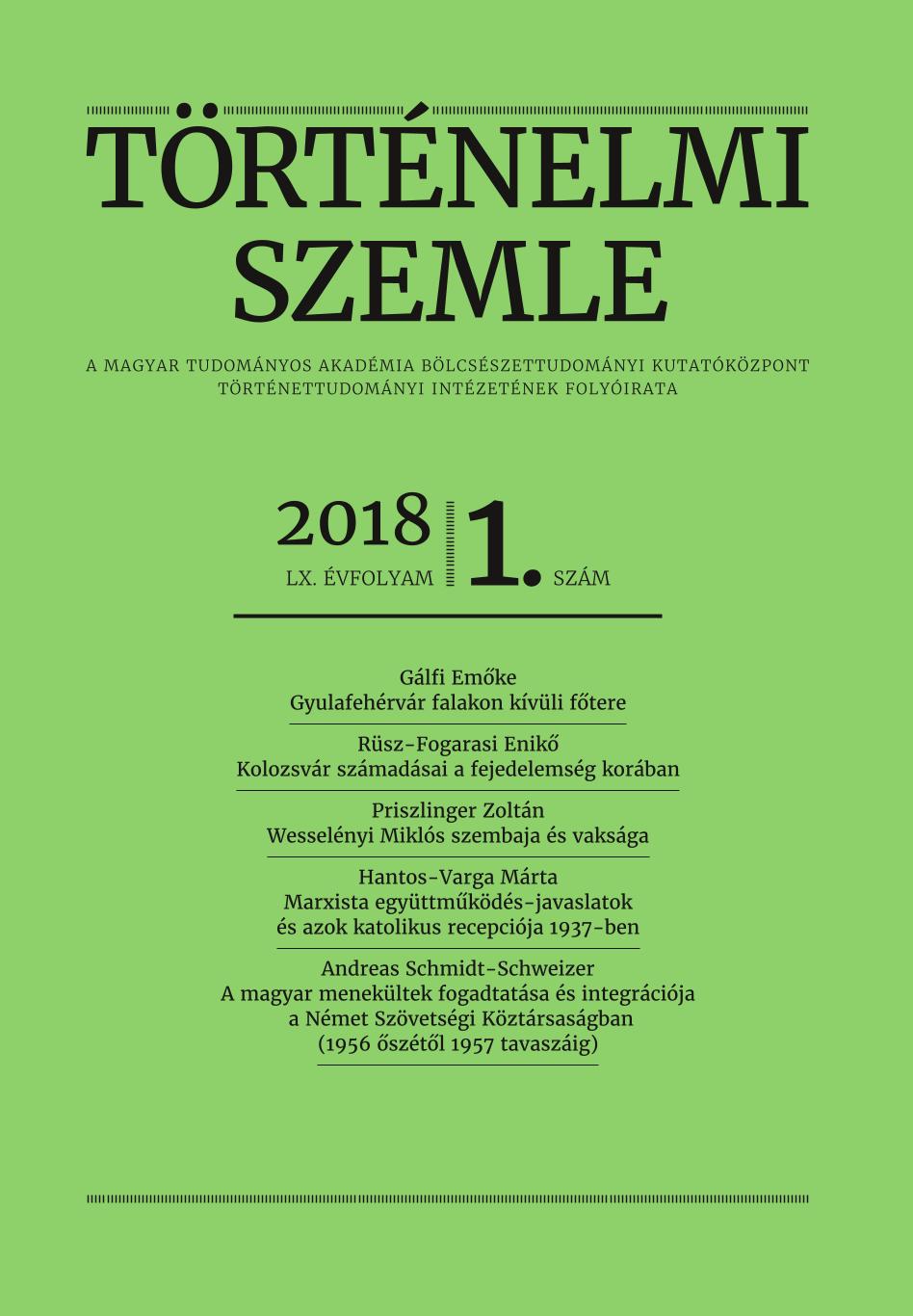
This study seeks to analyze the origins and the development of accounting at Cluj/ Kolozsvár in the early modern era. This is the period of urban history when systematic book-keeping was introduced, which later diversified with the emergence and working of new institutions. The accounts presented in the paper show us the functioning of the whole town, at the same time offering an insight into the inner workings of urban administration. The period investigated here was one of the most brilliant in Kolozsvár’s long history, one which gave birth to the long-lasting epithet „treasured” to the town’s name. The analysis of the town accounts from this period offered an opportunity to follow urban life in both peace and war, while also making it possible to examine the main institutional developments in urban administration.
More...